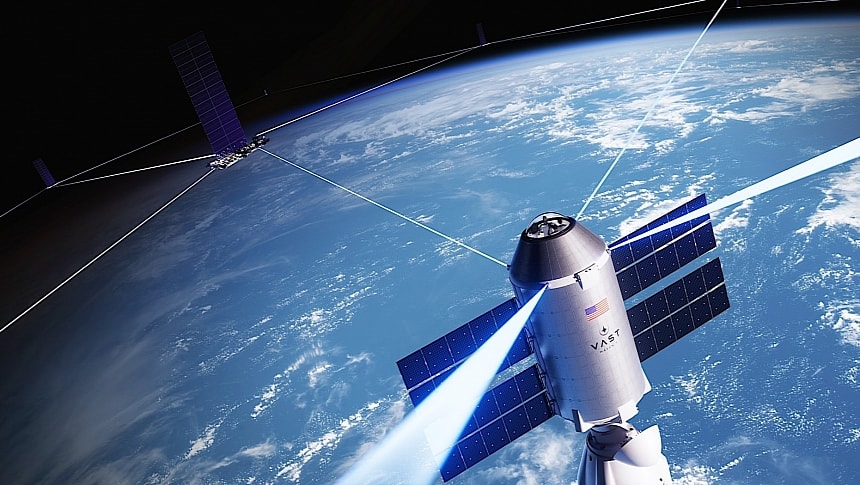Say what you will about the man, but the companies Elon Musk is heading have revolutionized their fields several times over. They've accelerated the adoption of electric cars, they have made reusable space rockets a reality of our time, and completely changed the way people have access to the Internet on this Earth.
Take the Starlink satellite constellation, for instance. Born back in 2019 with the launch of the first satellites, the system has grown so rapidly that it is now available in over 70 countries, beaming down the Internet from over 6,000 space-based satellites to over two million subscribers.
Starlink is such a potent tool that even the U.S. military has begun using it for its own purposes, and warring parties in Ukraine use it for theirs. Soon enough, Starlink technologies will also be used to power the systems and hardware (including external cameras and instruments) of a commercial space station.
Come 2025, a space startup called Vast will launch into orbit a single-module space station called Haven-1. Designed to become the world's first commercial space station, it will be capable of holding a crew of four, together with supplies and the instruments they need to survive up there.
Vast announced this week the station will be equipped with a Starlink laser terminal, a tech that can provide Gigabit/s speed and low-latency connectivity. Those on board the habitat will thus be able to connect their personal or work devices wirelessly, an action that should allow "unprecedentedly better internet connectivity on orbit to host outreach video calls and perform experiments and science with full, high-speed internet access."
If everything works according to the plan on Haven-1, the Starlink system might be adopted for future stations made by this company as well. That's because Vast plans to evolve this single module into a much larger one in 2028, and in the 2030s into something not many are considering building: an artificial gravity space station.
Vast plans at least two crewed missions to the orbital habitat to will launch starting next year. The crews have not yet been picked, but given how this is a commercial affair, enlisting for a trip to space is open for anyone willing to take the risk.
At the time of writing we know the Vast crewed missions will be performed using the SpaceX Dragon spacecraft. The first one is scheduled for August 2025, and it will require participants to spend up to 30 days in orbit around our planet. The second flight will not take off sooner than 2026.
The company does not say how much a ticket to the station will cost, but it did reveal the price will also cover special training provided by both its people and those working for SpaceX.
Starlink is such a potent tool that even the U.S. military has begun using it for its own purposes, and warring parties in Ukraine use it for theirs. Soon enough, Starlink technologies will also be used to power the systems and hardware (including external cameras and instruments) of a commercial space station.
Come 2025, a space startup called Vast will launch into orbit a single-module space station called Haven-1. Designed to become the world's first commercial space station, it will be capable of holding a crew of four, together with supplies and the instruments they need to survive up there.
Vast announced this week the station will be equipped with a Starlink laser terminal, a tech that can provide Gigabit/s speed and low-latency connectivity. Those on board the habitat will thus be able to connect their personal or work devices wirelessly, an action that should allow "unprecedentedly better internet connectivity on orbit to host outreach video calls and perform experiments and science with full, high-speed internet access."
If everything works according to the plan on Haven-1, the Starlink system might be adopted for future stations made by this company as well. That's because Vast plans to evolve this single module into a much larger one in 2028, and in the 2030s into something not many are considering building: an artificial gravity space station.
Vast plans at least two crewed missions to the orbital habitat to will launch starting next year. The crews have not yet been picked, but given how this is a commercial affair, enlisting for a trip to space is open for anyone willing to take the risk.
At the time of writing we know the Vast crewed missions will be performed using the SpaceX Dragon spacecraft. The first one is scheduled for August 2025, and it will require participants to spend up to 30 days in orbit around our planet. The second flight will not take off sooner than 2026.
The company does not say how much a ticket to the station will cost, but it did reveal the price will also cover special training provided by both its people and those working for SpaceX.







